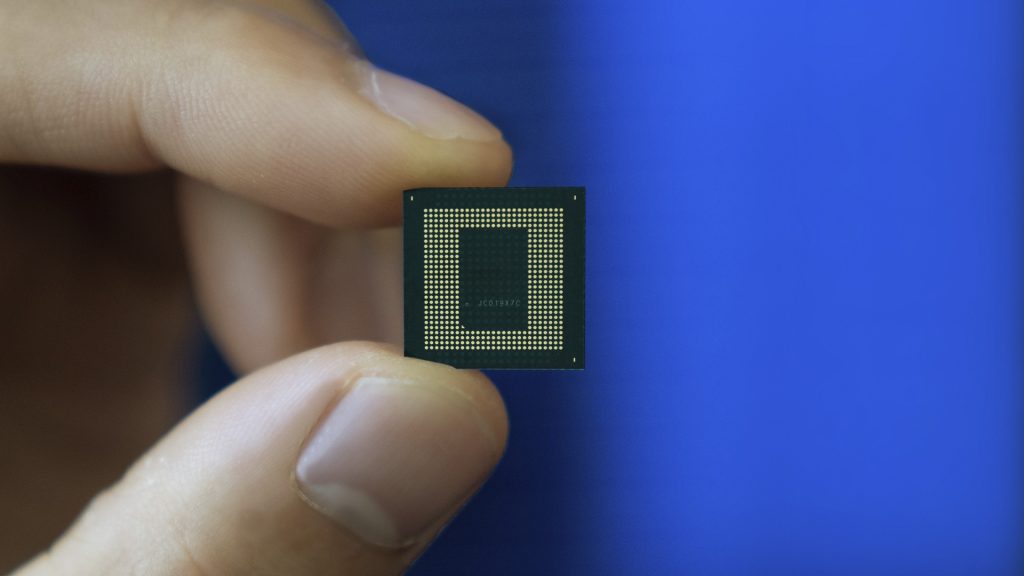
Premium smartphone chips (SoCs) are becoming the economic engine of the Android ecosystem. According to the latest Global Smartphone SoC Revenue and Forecast Tracker Q4 2024 from Counterpoint Research, revenues from premium Android smartphone SoCs surged 34% year-on-year, accounting for a striking 52% of total Android SoC revenues in 2024.
This significant growth reflects not only rising consumer preference for high-end devices, but also increasing shipments and average selling prices (ASPs). Driving much of this value is the adoption of on-device artificial intelligence (AI), which is reshaping how smartphone chips are designed and marketed.
“The ASP and revenue growth for SoCs is being driven by on-device AI capabilities, with powerful NPUs and larger die sizes pushing demand toward advanced nodes,” explained Parv Sharma, Senior Analyst at Counterpoint Research. “This in turn is increasing the semiconductor content per device and wafer costs.”
AI, Trade Risks, and the Changing Landscape

While innovation is accelerating, global trade dynamics and supply chain risks remain a key concern. Sharma noted that brands with high exposure to China face uncertainties stemming from ongoing tariff discussions and geopolitical tensions.
“Apple is trying to diversify its production base, but shifting the Pro/ProMax assembly outside China will take time,” he added. “Meanwhile, Google and Motorola are more vulnerable, whereas Samsung’s diversified manufacturing footprint could offer an advantage — especially for Qualcomm in the U.S. market.”
Qualcomm Still Leads, But MediaTek’s Premium Push Gains Traction
Qualcomm continued to dominate the premium Android SoC segment in 2024, fueled by its partnerships with Samsung and top Chinese OEMs. The introduction of custom Oryon CPU cores in the Snapdragon 8 Elite further strengthened Qualcomm’s edge in latency-sensitive workloads and AI processing.
“Qualcomm’s leadership in on-device AI is underpinned by its comprehensive software stack and ecosystem partnerships,” said Shivani Parashar, Analyst at Counterpoint Research. “Its exclusive tie-up with Samsung for the Galaxy S25 series and broad design wins across Android OEMs — except Google Pixel — will cement its position into 2025.”
MediaTek, however, is rapidly becoming a formidable challenger in the premium segment. Its flagship Dimensity 9400 SoC has been well received, particularly in the Chinese market through collaborations with vivo, OPPO, and Xiaomi.
“MediaTek has shown impressive CPU and AI performance with a focus on efficiency and value,” Parashar said. “To sustain its momentum, it will need to expand its presence with global flagship brands and deepen its developer and OEM partnerships.”
Samsung’s Exynos Revival and HiSilicon’s Homegrown Resurgence
Samsung posted a fourfold increase in premium SoC revenues in 2024, thanks largely to the successful Galaxy S24 series powered by Exynos 2400. However, that momentum may slow in 2025 as the Galaxy S25 flagship reportedly opts out of using in-house chips.
“The Exynos 2400 helped Samsung scale premium revenues in 2024,” said Akash Jatwala, Analyst at Counterpoint Research. “But yield challenges at Samsung Foundry may limit the growth of future Exynos chips unless the transition to 2nm nodes with better efficiency is achieved.”
Another notable development was the return of HiSilicon, Huawei’s in-house chip division, which staged a comeback in China with its Pura 70 and Mate 70 series. Despite using older-generation process nodes and the absence of Google Mobile Services (GMS), HiSilicon is projected to remain the third-largest premium Android SoC brand by revenue in 2025.
“HiSilicon has a loyal user base in China,” Jatwala said. “Its 2024 success narrowed the gap with MediaTek, though long-term growth may be constrained by supply chain bottlenecks and limited global market access.”
Implications for Indonesia and Emerging Markets
For markets like Indonesia, the shift toward premium SoCs reflects broader consumer trends: rising digital sophistication, demand for better camera and AI features, and faster performance for mobile gaming and productivity. Brands like Samsung, vivo, and Xiaomi — all active in Indonesia — are expected to leverage these next-gen SoCs to target the upper midrange and flagship segments.
Furthermore, the growing importance of on-device AI could redefine how Indonesian telcos, app developers, and device OEMs build user experiences — especially as cloud costs rise and privacy becomes a bigger priority.
Bottom Line
2024 marked a turning point for premium smartphone chips. As AI becomes a default feature and not just a premium perk, the SoC battlefield is shifting rapidly. While Qualcomm leads with scale and software, MediaTek is climbing fast, Samsung is finding its footing, and HiSilicon is rewriting its own playbook — all against a backdrop of geopolitical flux and fast-changing user demands.










